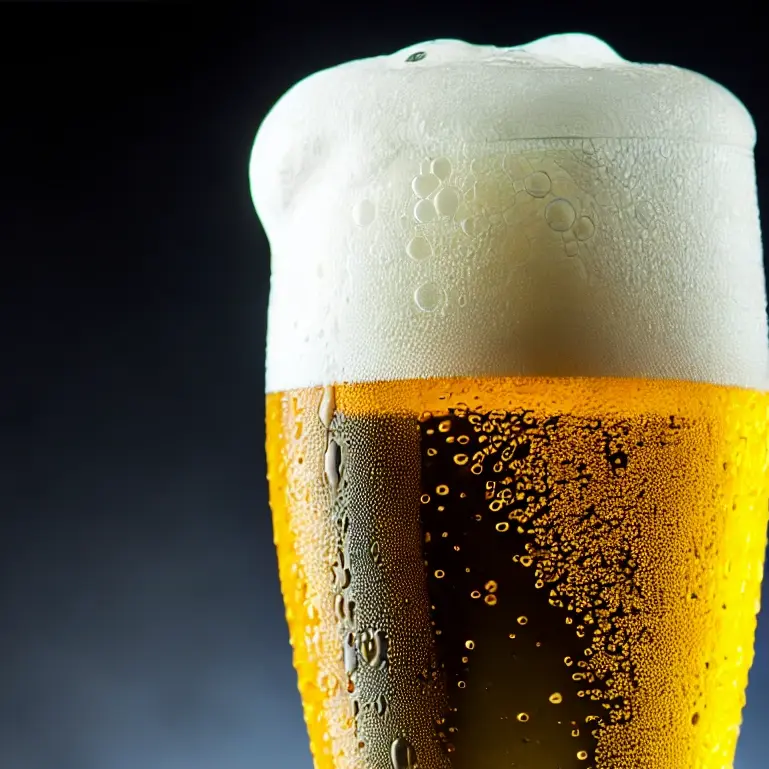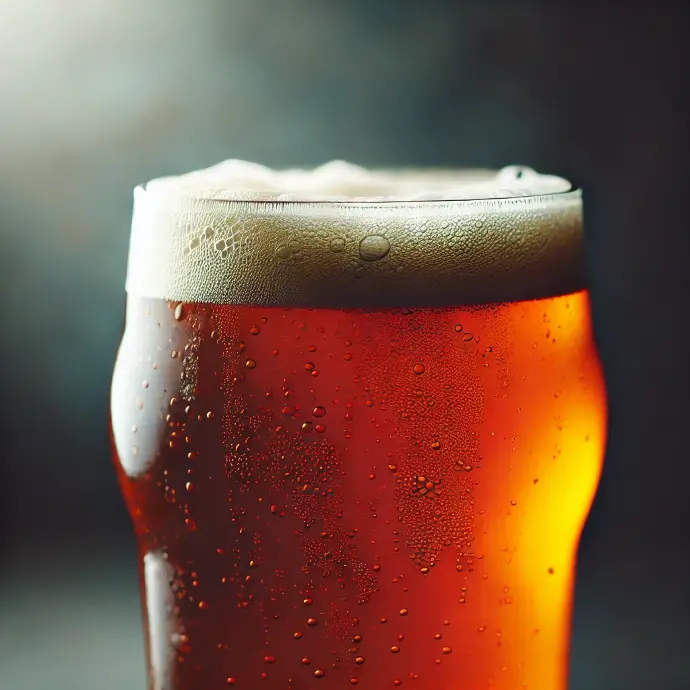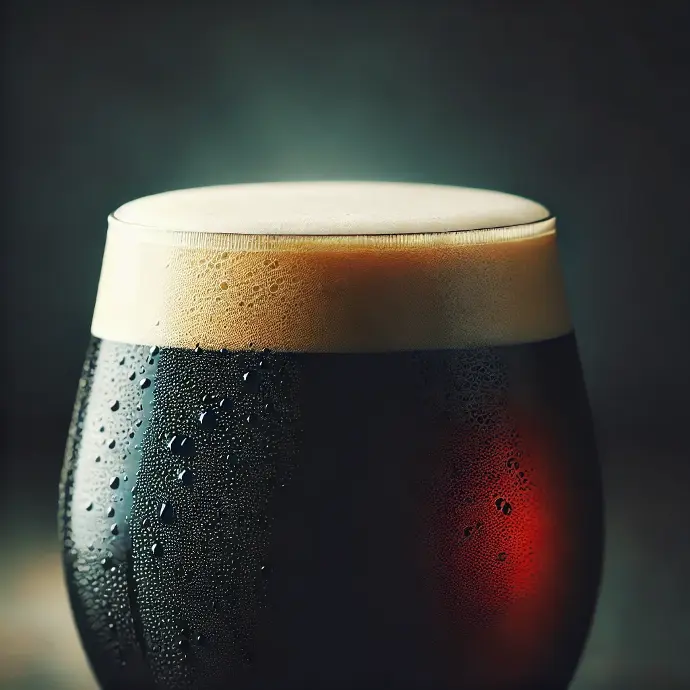BEERS PROFILES
what opportunities

Pils, Ales, Lagers
Profile #10 (Untoasted French Oak):
Ideal for adding subtle notes and elegant complexity with a dosage of 4 g per liter (25 ml/HL of liquid extract). It enhances fresh woody aromas without dominating the taste.
Profile #12 (French Oak, Toasting #2):
Brings a floral side with nuances of vanilla and caramel. Recommended at 4-7 g per liter (25-45 ml/HL of liquid extract), this oak enriches the profile without overpowering.
Profile #60 (Cherry Wood):
Brings soft nuances, sometimes reminiscent of cherry or stone fruits, which can harmonize with the citrusy or spicy notes of specific hops or yeasts.
(3 to 6 grams per liter / 20-40 ml/HL of liquid extract)

Stouts, Porters
Profile #13 (French Oak, Toasting #3_Vanilla):
Delivers notes of vanilla, almonds, and dried fruits with a dosage of 8-10 g per liter (65-100 ml/HL of liquid extract), complementing malted and hopped characteristics harmoniously.
Profile #23 (American Oak, Toasting #3_Caramel):
Use for a more pronounced woody character with vanilla and caramel touches, suited for Pale Ales and Ambers wishing for an American aromatic footprint.
Dosage of 10-15 g per liter (65-100 ml/HL of liquid extract)

Amber Beers and Pale Ales
Profile #24 (American Oak, Toasting #4_Toast "Black Coffee"):
Ideal for these styles, with a dosage of 10-15 g per liter (65-100 ml/HL). It contributes rich aromas of coffee, chocolate, and smoke, harmonizing with the roasted malts.
Profile #14 (French Oak, Toasting #4_Spicy):
For a subtle touch of complexity, use at a more moderate dose (8-12 g per liter/ 50-80ml/HL) to enrich without overpowering the malted and roasted profiles.
Profile #15 (French Oak, Toasting #5_Furfural):
For a smoky touch that blends with bitterness, use at a moderate dose (6-10 g per liter/ 40-65 ml/HL) for a balanced contribution.
Profile #60 (Cherry Wood):
Adds a subtle sweetness and aromas sometimes reminiscent of dark fruits or a vanilla touch, without overwhelming the intense malt flavors. (8 to 13 grams per liter / 50-85 ml/HL)
Timing of Addition

After Fermentation
during the conditioning phase (Bright tank).
The quality of extraction depends on the temperature (the lower the temperature, the more limited and slow the extraction).
with Hops
Possibility of adding chips or extract with hops.
Gain in complexity.
Optimal Contact Time:
Chips
At 15-18°C: 10 days minimum - 12 days maximum.
At 7-10°C: 15 days minimum - 25 days maximum.
Extracts
10 Days
(and just so easy)
Staves (not industry standard but great results)
more qualitative (more integrated, complex, stable, but longer)
At 15-18°C: 22 days minimum - 30 days maximum.
At 7-10°C: 5 weeks minimum - 8 weeks maximum.
USING CHIPS : SANITATION REQUIRED
Sanitizing oak chips is essential in beer brewing to ensure purity and control over flavor. By eliminating any potential microorganisms naturally present in oak, we safeguard the beer’s taste profile, allowing only the desired woody notes to enhance the brew. This process preserves both the quality and safety of the beer, ensuring a refined and consistent drinking experience.
option #1 : Immerse wood in a neutral alcoholic solution of at least 10% for 24 hours.
option #2: Boil the wood in water for 15 minutes. Reuse this water in the brew.




